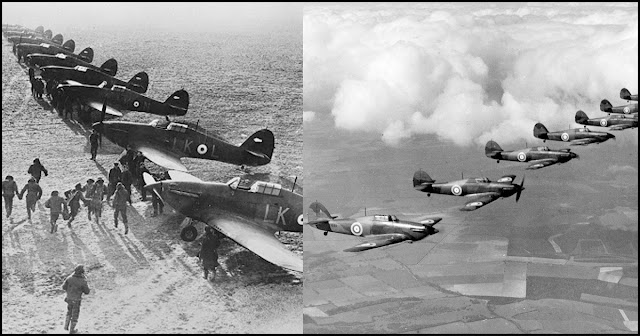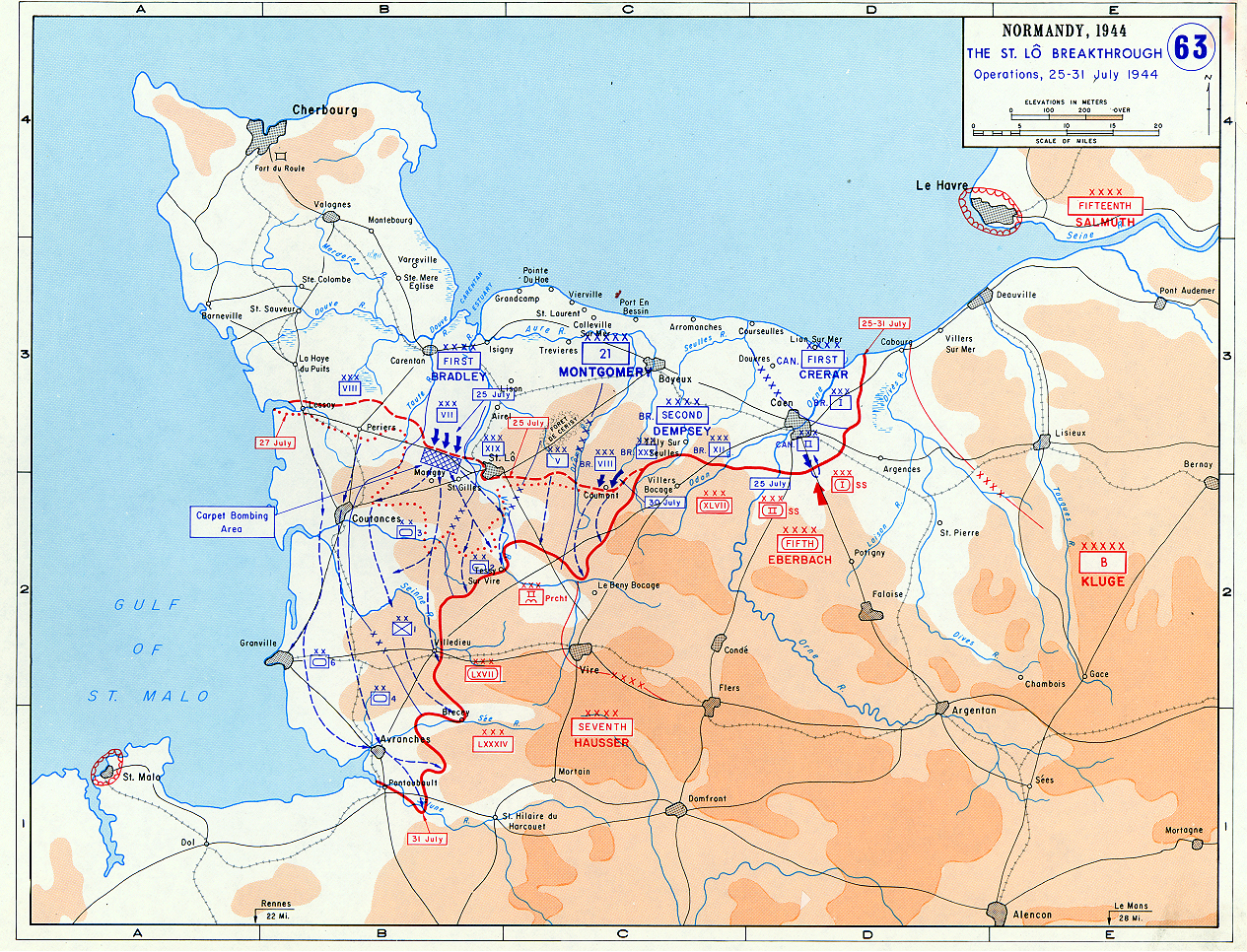

It was during the Belle Époque prior to World War I that the monument gradually became the worldwide tourist attraction we know today. Prisoners’ families replaced the pilgrims who had once strolled the village lanes. By 1863, 14,000 prisoners had spent time in the “Bastille of the Seas,” where tides and quicksand made escape impossible. It became a prison during the French Revolution of the 18th century. The abbey has witnessed key moments of French history, notably becoming a fortress during the Hundred Years’ War of the 14th and 15th century and surviving a 30-year siege by the British. It became a sacred site which continued to evolve from the 11th to the 16th century.

Handwritten note from President Roosevelt to Marshal Stalin appointing General Eisenhower to command Operation Overlord.Nicknamed the “wonder of the Western world”, the Mont’s history goes back to the year 709 when a sanctuary in honor of Saint Michael the Archangel was erected on the rock. The Sextant and Eureka Conferences, November-December 1943 Harry Butcher, Naval Aide to General Eisenhower, Diary Entry, Octo The handwritten message by General Eisenhower, the "In Case of Failure message," is mistakenly dated "July" 5 instead of "June" 5.

In Case of Failure of the D-Day Operation:įollowing the decision for the cross channel invasion, General Eisenhower wrote a press release on a pad of paper, to be used if necessary. "Order of the Day" - statement as issued to the soldiers, sailors and airmen of the Allied Expeditionary Force on J General Eisenhower's determination that operation OVERLORD (the invasion of France) would bring a quick end to the war is obvious in this message to the troops of the Allied Expeditionary Forces on June 6, 1944, the morning of the invasion. On May 7, 1945, German General Alfred Jodl signed an unconditional surrender at Reims, France. Fighting by the brave soldiers, sailors, and airmen of the allied forces western front, and Russian forces on the eastern front, led to the defeat of German Nazi forces. By June 30, over 850,000 men, 148,000 vehicles, and 570,000 tons of supplies had landed on the Normandy shores. Casualties from these countries during the landing numbered 10,300. Almost 133,000 troops from the United States, the British Commonwealth, and their allies, landed on D-Day. The invasion force included 7,000 ships and landing craft manned by over 195,000 naval personnel from eight allied countries. The beaches were given the code names UTAH, OMAHA, GOLD, JUNO, and SWORD. The operation, given the codename OVERLORD, delivered five naval assault divisions to the beaches of Normandy, France. The D-Day operation of June 6, 1944, brought together the land, air, and sea forces of the allied armies in what became known as the largest amphibious invasion in military history.


 0 kommentar(er)
0 kommentar(er)
